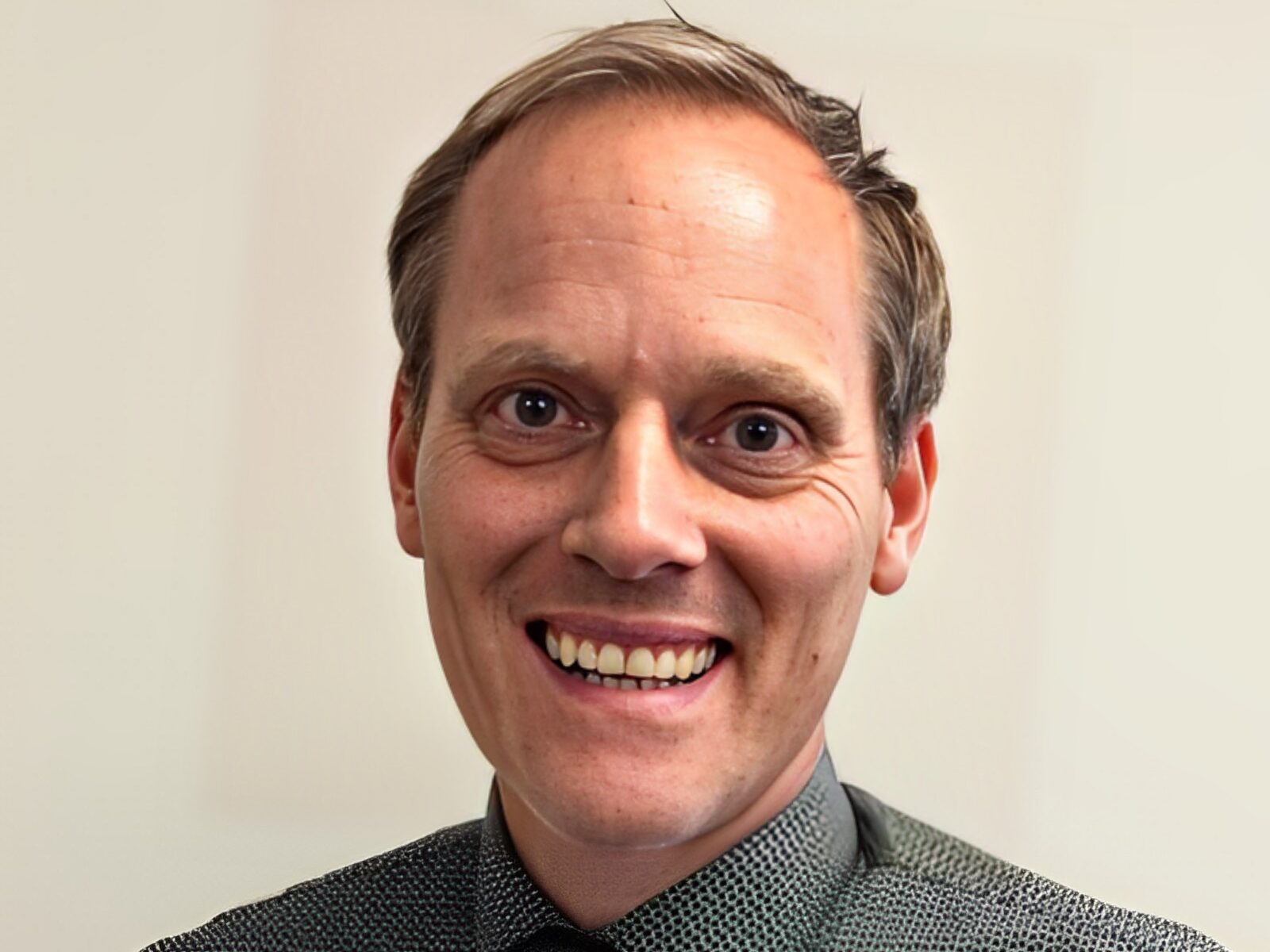Ola Landgren, Professor of Medicine, Chief of the Myeloma Division, and Leader of the Experimental Therapeutics Program at Sylvester Comprehensive Cancer Center, University of Miami, recently shared on X/Twitter:
“In collaboration with Memorial Sloan Kettering Cancer Center, Fred Hutchinson Cancer Center, NCI, Princess Margaret Cancer Centre, The Tisch Cancer Institute, and Dana-Farber, we are thrilled to share our recent
Nature Communications paper: ‘Immunophenotypic correlates of sustained MRD negativity in patients with multiple myeloma.’
In this tweetorial, we delve into a groundbreaking study on multiple myeloma and the immune microenvironment. Let’s explore how the immune system impacts long-term treatment response in multiple myeloma.
In the past decade, myeloma treatments have improved significantly, but relapse remains a challenge. Lenalidomide maintenance therapy prolongs remission, but the optimal duration is debated. Sustained minimal residual disease (MRD) negativity = better progression-free survival.
The objective of our study was to better understand the immune microenvironment’s role in MRD negativity by profiling patients’ immune systems before and after lenalidomide exposure.
We used single-cell RNA sequencing, T-cell receptor sequencing, and CyTOF mass cytometry to characterize immune landscapes in multiple myeloma patients treated with lenalidomide maintenance on a clinical study protocol including longitudinal MRD tracking.
Patients were divided into those with sustained MRD negativity (indicative of better outcomes) and those without sustained MRD negativity. This distinction allowed for insightful comparisons.
Single-cell RNA sequencing of peripheral blood mononuclear cells revealed differences in immune cell types and their gene expression profiles between patient groups.
T-cell receptor beta sequencing.
showed diverse T-cell repertoires, but specific TCR beta sequences were unique to patients with sustained MRD negativity.
CyTOF mass cytometry of bone marrow cells provided complementary insights into the immune microenvironment, revealing differences in cell types and proportions.
Both transplant-eligible and -ineligible patients were eligible for enrollment and monitoring while on lenalidomide maintenance. Differences were observed based on prior high-dose melphalan stem cell transplant history, suggesting its role in shaping the immune landscape.
Terminal effector memory T cells expressing exhaustion-related genes were more common in patients without sustained MRD negativity.
The clonality of CD8+ T-cell repertoire was higher than CD4+ T-cells, indicating differences in T-cell response.
Patients with sustained MRD negativity had unique TCR beta sequences, suggesting specific immune responses linked to treatment success.
We also performed comparisons with healthy donors. Interestingly, immune cell frequencies in patients achieving sustained MRD negativity more closely resembled those of healthy donors, highlighting immune system recovery potential.
Our study underscores the importance of the immune microenvironment in multiple myeloma treatment responses and suggests the potential for immune system recovery in long-term responders.
In summary, understanding the immune landscape in multiple myeloma patients receiving lenalidomide maintenance therapy is crucial for optimizing treatment and improving long-term outcomes.
Thanks to the patients! Thanks to everyone who made this possible. Drs David Coffey, Damian Green, Trevor Pugh, Sacha Gnjatic, Eric Smith, Francesco Maura, Ben Diamond, Hearn Jay Cho, Diko Kazandjian, Alexander Lesokhin, and Teams. Thanks, Melissa Reynaud for your generous “Immune Network Grant” support.
Thanks for reading! Read the full study for in-depth insights here.”
Source: Ola Landgren/Twitter
